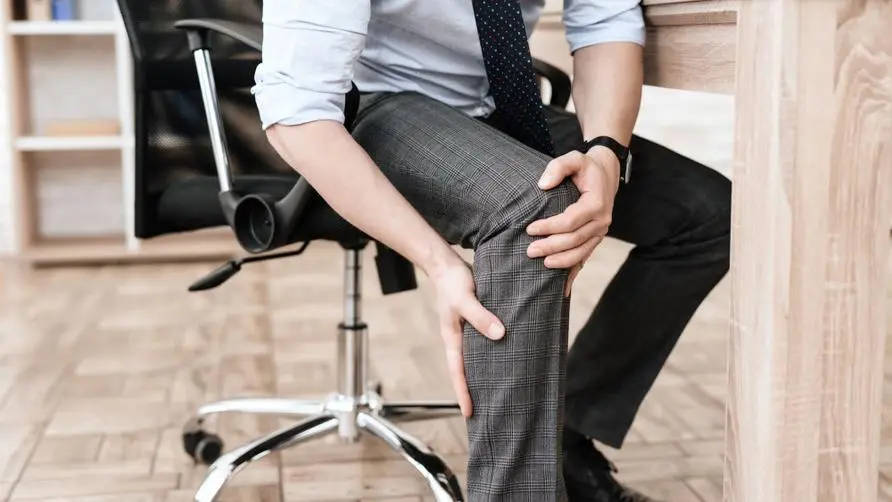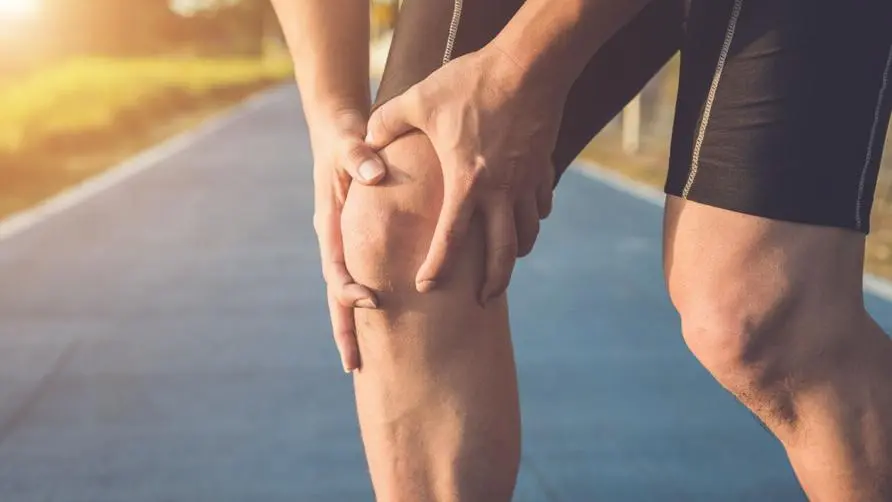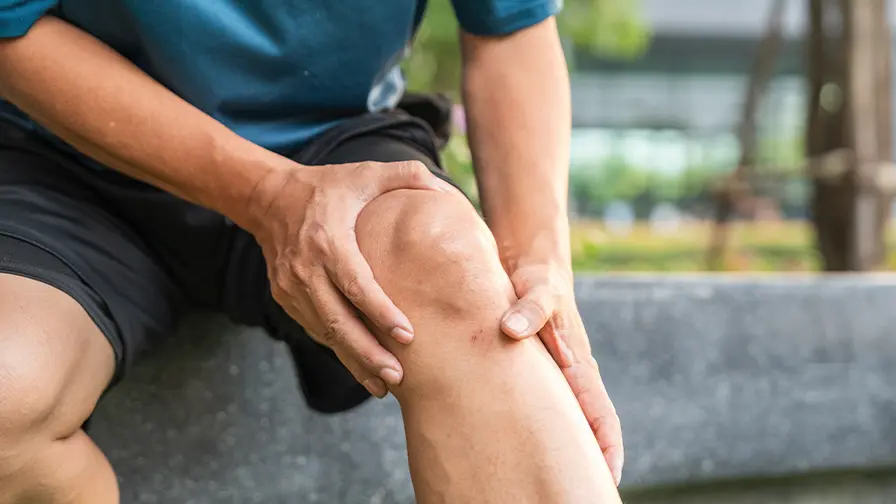Is it patella valgus if your knees get stuck after sitting for a long time? Cartilage polishing may lead to premature degeneration 1 Check quickly if symptoms appear

What is patellar valgus? What are the risk factors?
Whenever you change positions after sitting or standing for a long time, you will feel pain and discomfort on the front of your knee. Not only should you be careful about degenerative arthritis, but it may also be a sign of “patellar valgus”? In an interview with “healthorn”, Wu Yicheng, the attending physician of the Sports Medicine Department of Lianxin International Hospital, pointed out that patellar valgus is one of the causes of “Patellofemoral Pain Syndrome (PFPS)”, which is caused by the continued wear and tear of the subpatellar cartilage, causing insufficiency of the front of the knee. Comfort and pain are mostly structural injuries caused by instability of the medial and lateral femoral muscles.
Dr. Wu Yicheng said that when pain persists on the front of the knee, X-rays of the knee on the good side will be used to confirm whether there is patellar displacement or valgus. Many cases of patellar valgus are caused by the lateral femoral muscle group being too tight, or the medial muscle group being relatively weak, causing the bone to pull outward. In addition, poor ability of core muscle groups such as gluteal muscles and external rotators, or flat feet and abnormal arches may lead to instability of the muscle groups and cause patellar valgus. It is necessary to cooperate with movement control and posture inspection to find out the source of improper compensation.
Knee pain after running, may it be caused by patella valgus? Dr. Wu Yicheng explained that if you overuse the lateral muscles when running or wear inappropriate shoes, and you have a low arch problem, the tibia may easily externally rotate and cause the patella to be pulled outward. If runners have symptoms similar to patella valgus, it is recommended to adjust the training volume first to confirm whether there is any muscle strength imbalance, and then appropriately relax the lateral muscles and strengthen medial training. Some patients’ pain even extends to the feet, hip joints and gluteus medius muscles, which need to be treated and adjusted in sequence.
What are the symptoms of patellar valgus? Will there be serious sequelae?
Dr. Wu Yicheng pointed out that possible symptoms of patellar valgus include discomfort on the front of the knee when going up and down stairs or running. Patients may also change positions after sitting for a long time, driving, watching movies, or flying on an airplane, and the knee may easily feel stuck and painful.
In addition, women are more likely to have patella valgus due to pelvic angle problems. Clinically, many young women around 30-40 years old seek medical advice due to front knee pain. When a patella problem is suspected, Merchant will be taken through X-ray View-related inspection to see if there is patellar valgus.
Dr. Wu Yicheng said that the constant wear and tear of the cartilage under the patella will cause patellar chondromalacia in the long run, and it is also prone to premature degeneration. Because patellar valgus symptoms overlap with degenerative arthritis, patients without appropriate treatment are at higher risk of developing hydroarthrosis. Once discomfort occurs on the front of the knee and is not relieved after taking medicine and resting for a short period of time, it is recommended to go to the rehabilitation department or sports medicine department for further examination.
What is the treatment for patellar valgus? Is movement training more important?
Dr. Wu Yicheng pointed out that in the acute stage of patellar valgus symptoms, medications or local injections can be used to treat the problem. Hyaluronic acid injections combined with anti-inflammatory drugs can be considered to reduce pain. In addition, proliferative treatment can be used to increase the stability of the knee for the ligaments and soft tissues surrounding the affected area.
Patellar valgus is related to muscle group stability and movement control. Dr. Wu Yicheng said that to prevent patellar valgus from worsening, in addition to appropriate treatment, it is also necessary to cooperate with muscle group training to improve the problem of tight lateral muscle groups, or to strengthen the inner muscle strength such as deep Combine with ball training when squatting. People who have the habit of running are advised to consult movement experts to confirm whether the running posture is appropriate and whether the muscle group stability is sufficient. Learning movement control exercises to move with correct posture can reduce the risk of patellar valgus.
Further reading:





